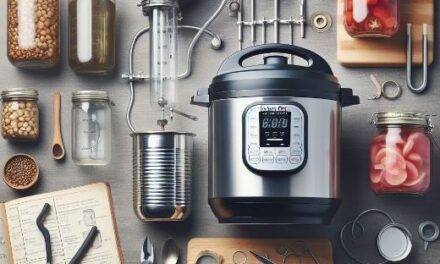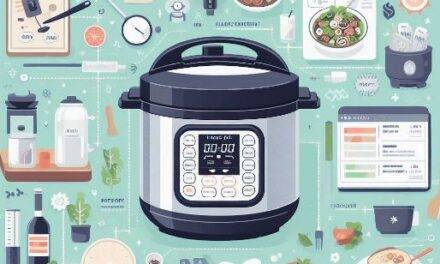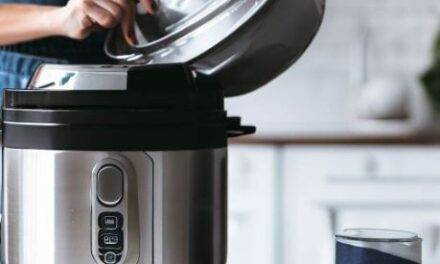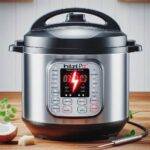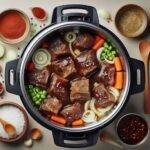Introduction:
In the fast-paced world we live in, convenience often takes precedence in our daily lives, especially when it comes to cooking. One kitchen appliance that has gained immense popularity for its time-saving abilities is the pressure cooker. However, with convenience comes skepticism, and one common question that has been circulating is whether cooking rice in a pressure cooker is bad for your health. In this comprehensive post, we’ll delve into the pros and cons of cooking rice in a pressure cooker, addressing concerns and providing you with the information you need to make an informed decision for your culinary adventures.

Pros of Cooking Rice in a Pressure Cooker:
- Time Efficiency:
Pressure cookers are renowned for their ability to drastically reduce cooking times. When it comes to rice, the pressure cooker can cook it in a fraction of the time it takes with traditional methods, making it an attractive option for those with busy schedules. - Energy Efficiency:
Pressure cookers use less energy compared to conventional cooking methods. The sealed environment allows the temperature to rise quickly, requiring less time and energy to prepare your meals. - Nutrient Retention:
The sealed environment in a pressure cooker helps retain more nutrients in the food, including rice. This can be beneficial for those looking to maintain a healthy diet without compromising on the nutritional content of their meals. - Consistency in Results:
Pressure cookers provide consistent results, ensuring that your rice is perfectly cooked each time. The controlled environment minimizes the risk of overcooking or undercooking, resulting in a reliable outcome.
Cons of Cooking Rice in a Pressure Cooker:
- Loss of Aroma:
Some argue that cooking rice in a pressure cooker may result in a loss of the characteristic aroma that comes with traditional rice preparation methods. However, this is subjective and depends on personal preferences. - Learning Curve:
For those unfamiliar with pressure cookers, there might be a learning curve in terms of adjusting cooking times and understanding the pressure release process. However, with practice, this can be easily overcome. - Risk of Overcooking:
While pressure cookers are designed for precision cooking, there is still a risk of overcooking if not used correctly. It’s essential to follow recommended guidelines and recipes to achieve the best results.
Addressing Concerns about Safety:
One common concern revolves around the safety of using a pressure cooker. It’s crucial to emphasize that when used according to the manufacturer’s instructions, pressure cookers are generally safe. Modern pressure cookers come with safety features, such as pressure release valves and locking mechanisms, to prevent accidents.
The Verdict: Is Cooking Rice in a Pressure Cooker Bad?
In conclusion, cooking rice in a pressure cooker is not inherently bad for your health. In fact, it offers numerous benefits in terms of time and energy efficiency, nutrient retention, and consistent results. Like any cooking method, it requires proper use and adherence to safety guidelines.
To provide a quick reference, here’s a table summarizing the pros and cons:
| Pros | Cons |
|---|---|
| Time Efficiency | Loss of Aroma |
| Energy Efficiency | Learning Curve |
| Nutrient Retention | Risk of Overcooking |
| Consistency in Results |
Ultimately, the decision to use a pressure cooker for cooking rice depends on personal preferences, lifestyle, and comfort with the appliance. Experimenting with different methods will help you determine what works best for you.
Remember, a pressure cooker can be a valuable addition to your kitchen arsenal, offering efficiency without compromising the quality of your meals. Happy cooking!
For more information click here.


